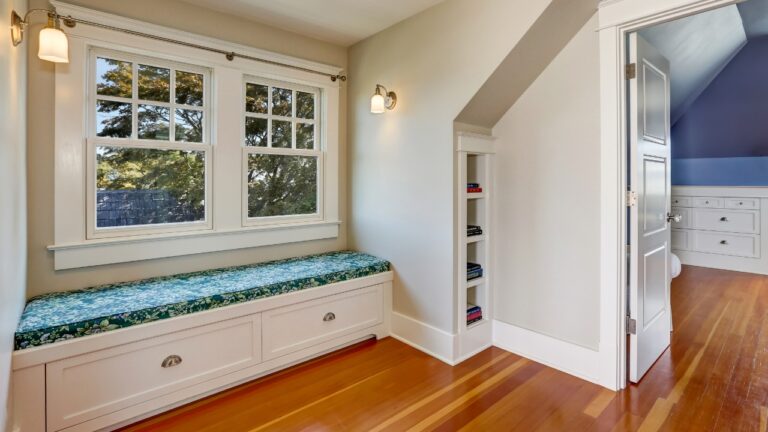10 Signs You Shouldn’t Be the One Building That Fence
Throwing up a fence might seem straightforward, but there’s a big difference between a weekend project and something that actually holds up year after year. If you’re the kind of person who figures, “Eh, close enough,” you’re going to be real disappointed when the wind knocks it sideways or the livestock plows straight through. Good fencing takes planning, patience, and a strong post-hole digger arm.
There’s no shame in calling in help if you’re in over your head. But if you’re already making these mistakes, you’re probably wasting time, money, and materials—and setting yourself up for a whole lot of redoing.
You Think Post Depth Doesn’t Matter
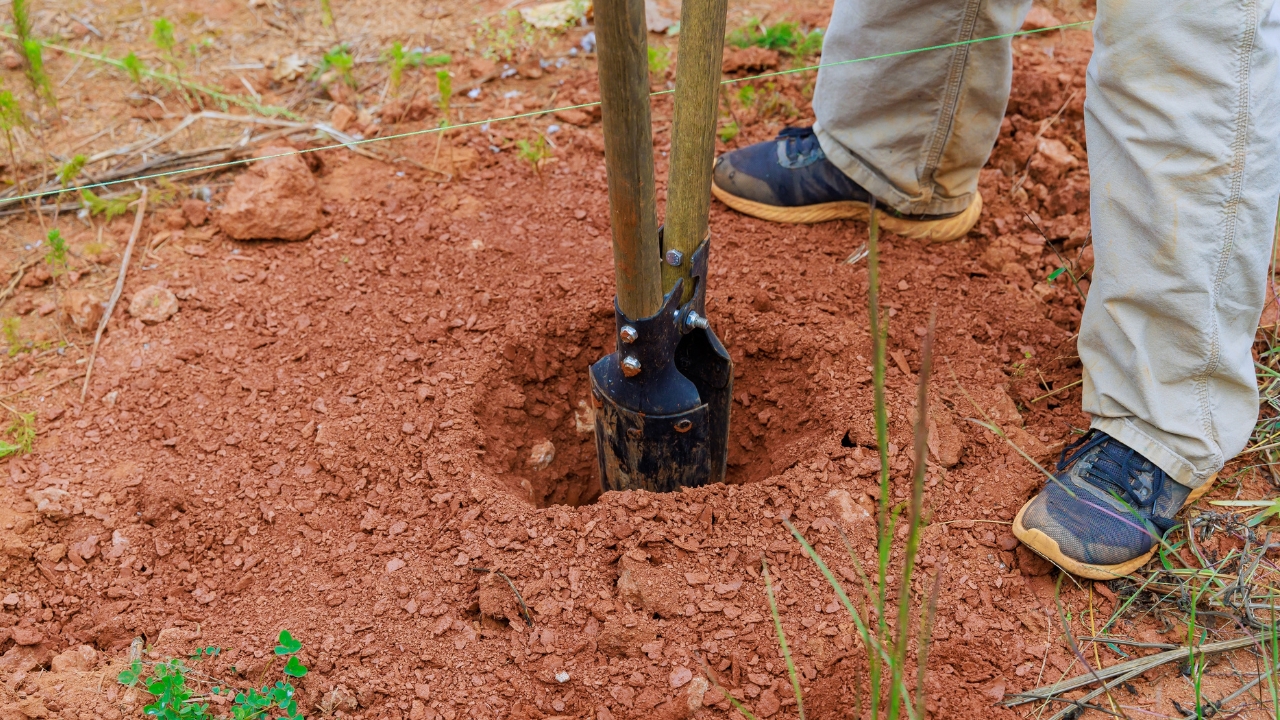
Shallow posts are a rookie mistake. If you’re only digging a foot down, that fence isn’t going to last a season. Posts need to go deep enough to hold firm during storms, shifting soil, and curious animals. That usually means 2–3 feet, depending on your soil.
Skipping the right depth might feel easier in the moment, but you’ll be replacing that post after the first hard freeze or decent gust. Every fence starts with its foundation—if you get that part wrong, the rest doesn’t matter.
You Don’t Use a String Line
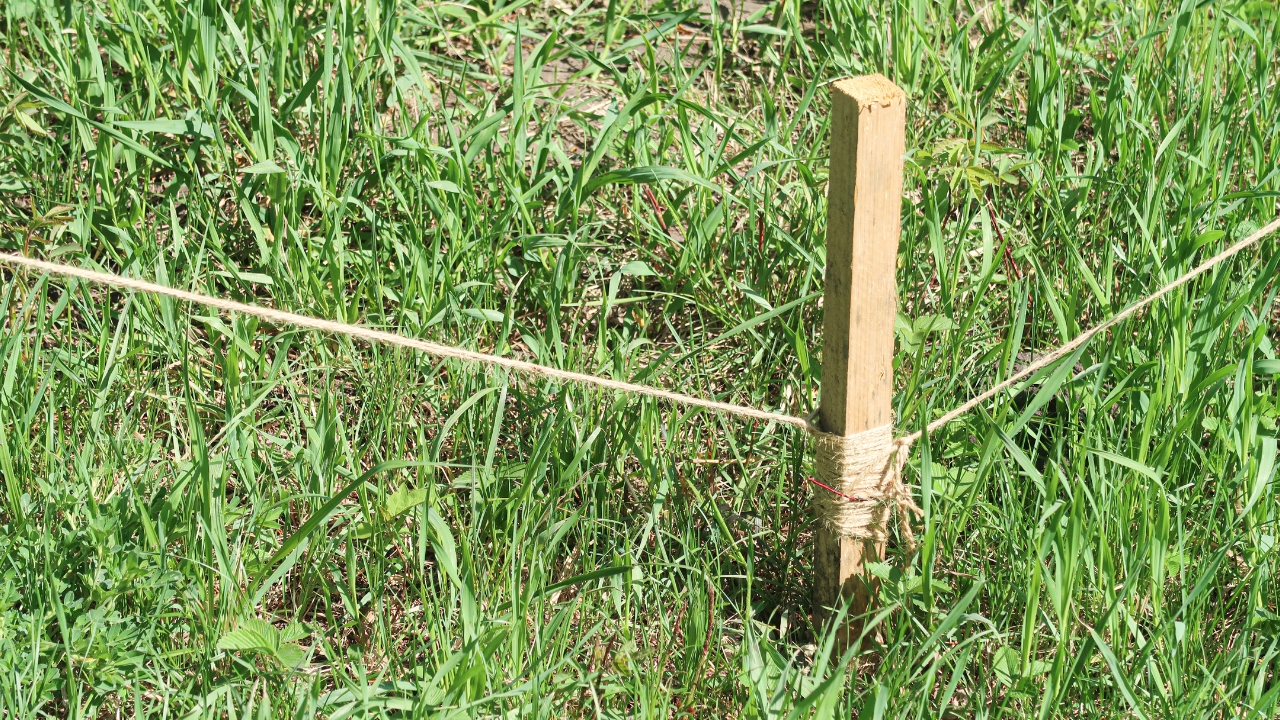
Eyeballing a fence line without using a string or chalk guide is like shooting with your eyes closed. You’ll step back and wonder how the line ended up wavy, uneven, and ten feet off course halfway through.
Setting up a string takes five extra minutes and saves you hours of regret. A good fence line is straight, level, and makes the whole property look sharper. Do it right from the start and you won’t be fighting with it later.
You Assume All Fencing Is the Same
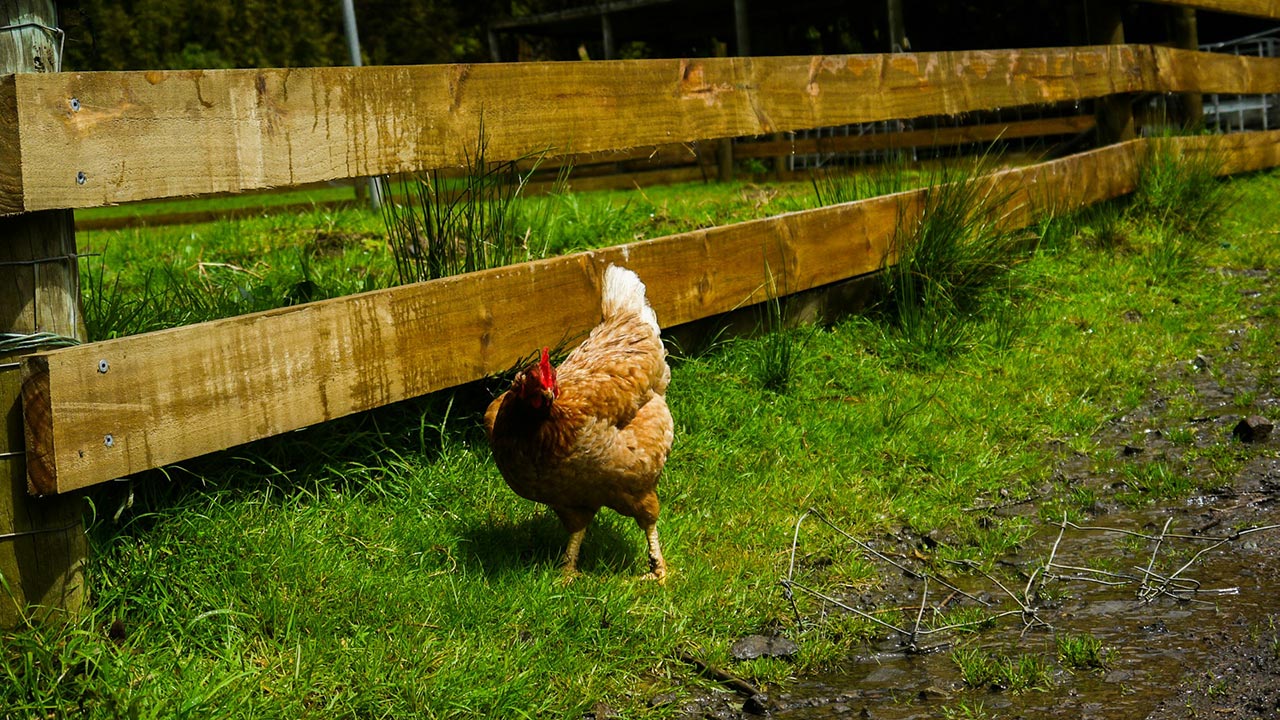
There’s a difference between fencing goats, chickens, horses, or garden beds. If you don’t match the fence type to its purpose, something’s getting out—or getting in.
Barbed wire isn’t going to do anything for chickens. And woven wire won’t stop a determined coyote unless it’s buried and reinforced. You need to know what you’re keeping in or keeping out before you buy a single roll of fencing.
You Don’t Brace Your Corners

Every corner post takes on a ton of tension. If you didn’t reinforce it properly, it’s going to start leaning or yanking other parts of the fence loose.
A good H-brace or diagonal brace isn’t optional—it’s essential. Don’t skip bracing just because it’s “extra work.” Those corners carry the weight of the whole line.
You Think a T-Post Can Do It All

T-posts are handy, but they’re not a cure-all. You still need wood posts at the ends, corners, and gates. Trying to build an entire fence with nothing but T-posts is going to get wobbly fast.
Use them where they make sense, but know their limits. A T-post can’t anchor a tension wire, and it won’t stop a big animal from leaning hard.
You Don’t Tension Properly
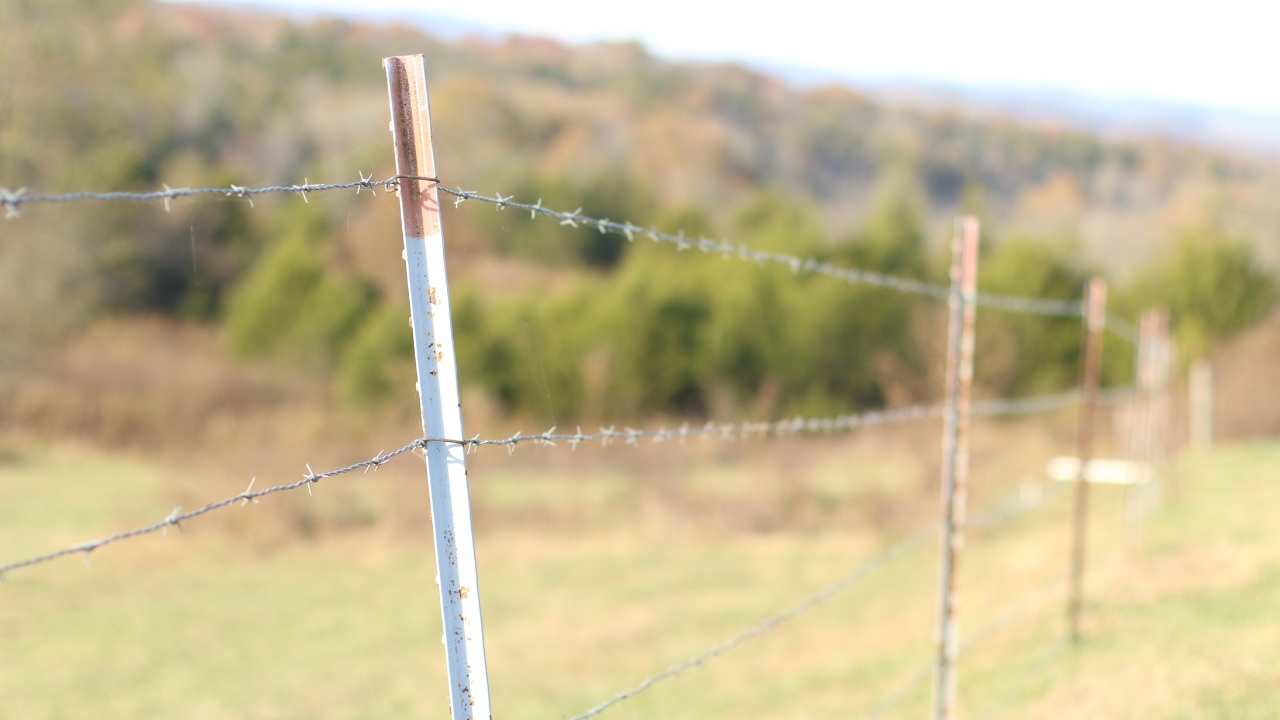
Loose wire isn’t good for much. It sags, shifts, and eventually fails. If you don’t know how to stretch and secure wire properly, you’ll end up with gaps that anything can slip through.
Use a come-along or fence stretcher to get it right. It takes some muscle and practice, but tight wire keeps everything in place—animals, predators, and your pride.
You Skip the Gate Planning

A fence without the right gate—or without any gate—is asking for trouble. You need to think about size, placement, and how you’ll use it daily. Too narrow, and you can’t fit your mower or truck through. Too few, and you’re walking circles around your property.
Install sturdy gates where you’ll actually need them. Hinges, latches, and alignment matter more than people think, especially when that gate becomes your main access.
You Don’t Think About Water Flow

If you’re building on a slope or near a washout area, and you don’t think about drainage, your fence is going to sink, rot, or shift before long. Wet ground moves. Posts loosen. That straight fence gets ugly real fast.
Think ahead. Put gravel at the base of posts in wet areas. Don’t block natural runoff unless you want a bigger mess later.
You Use the Wrong Fasteners
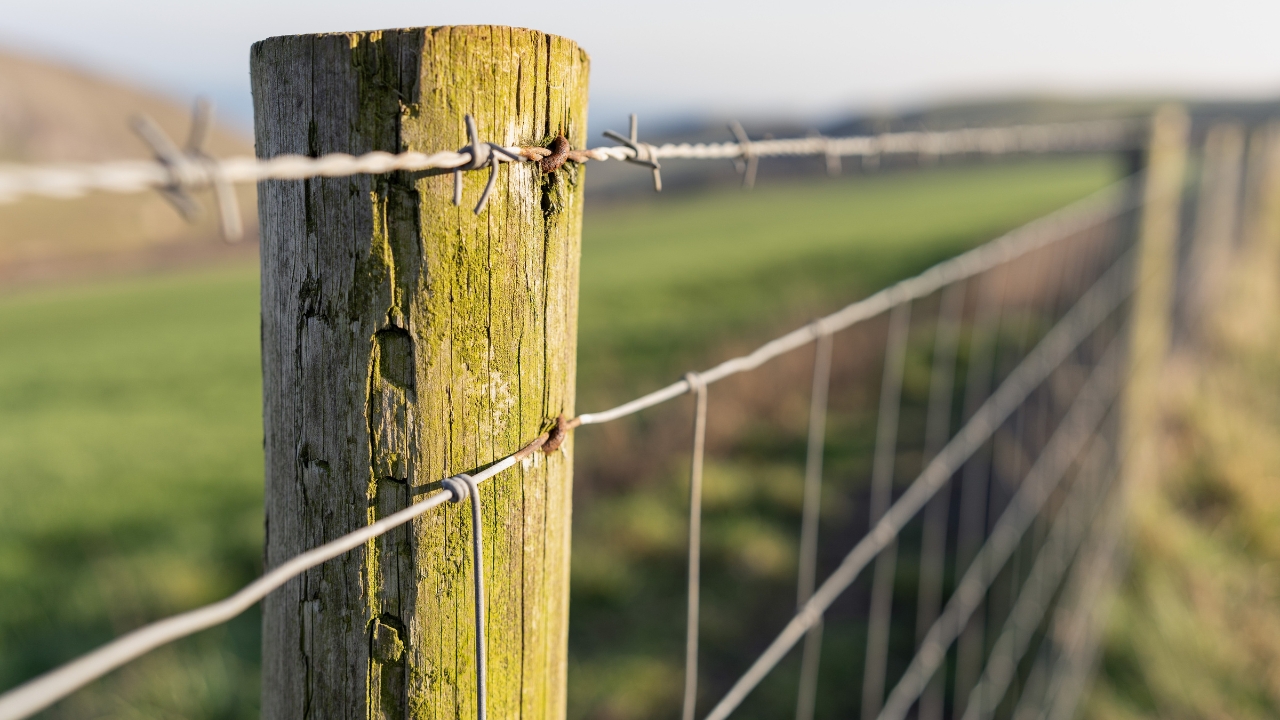
Fence staples that are too short, screws that rust, or nails that back out—cheap hardware will fail faster than anything else. If your fasteners can’t hold up to weather or tension, the whole thing falls apart.
Use the right size, right type, and hammer them in with some purpose. It might cost a little more upfront, but it’s cheaper than redoing the job later.
You Don’t Think Long-Term
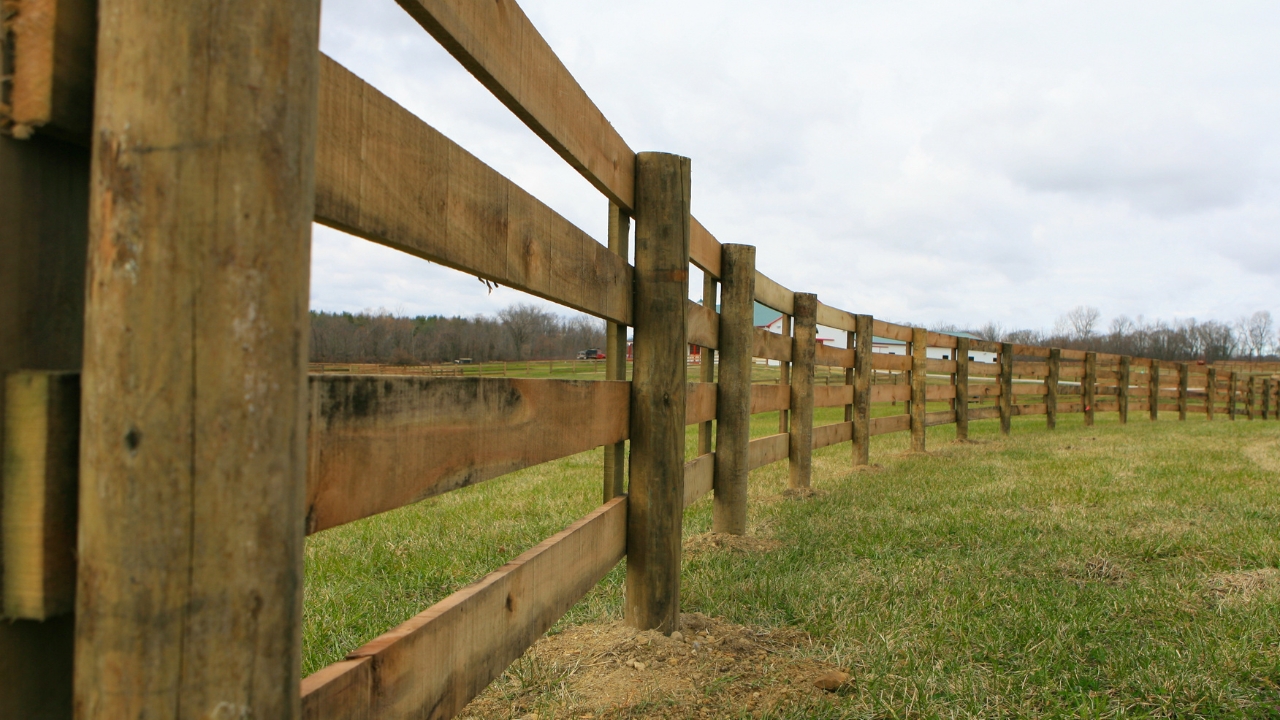
If you’re building a fence thinking it’ll only need to last a year or two, you’re doing it wrong. A well-built fence should last a decade or more. That means using treated wood, solid bracing, and a design that matches your land and needs.
Trying to cut corners will catch up to you fast. Do it once, do it right, and that fence won’t be something you constantly have to deal with.
*This article was developed with AI-powered tools and has been carefully reviewed by our editors.



